| View previous topic :: View next topic |
| Author |
Message |
Big Dawg


Joined: 28 Jan 2009
Posts: 2530
Location: Thach Alabama
|
 Posted: Thu Dec 17, 2009 4:46 am Post subject: 1938 Brough-Superior SS100 Posted: Thu Dec 17, 2009 4:46 am Post subject: 1938 Brough-Superior SS100 |
 |
|
Big Dawg wrote:
From Lawrence of Arabia to you.
http://barbermuseum.org/
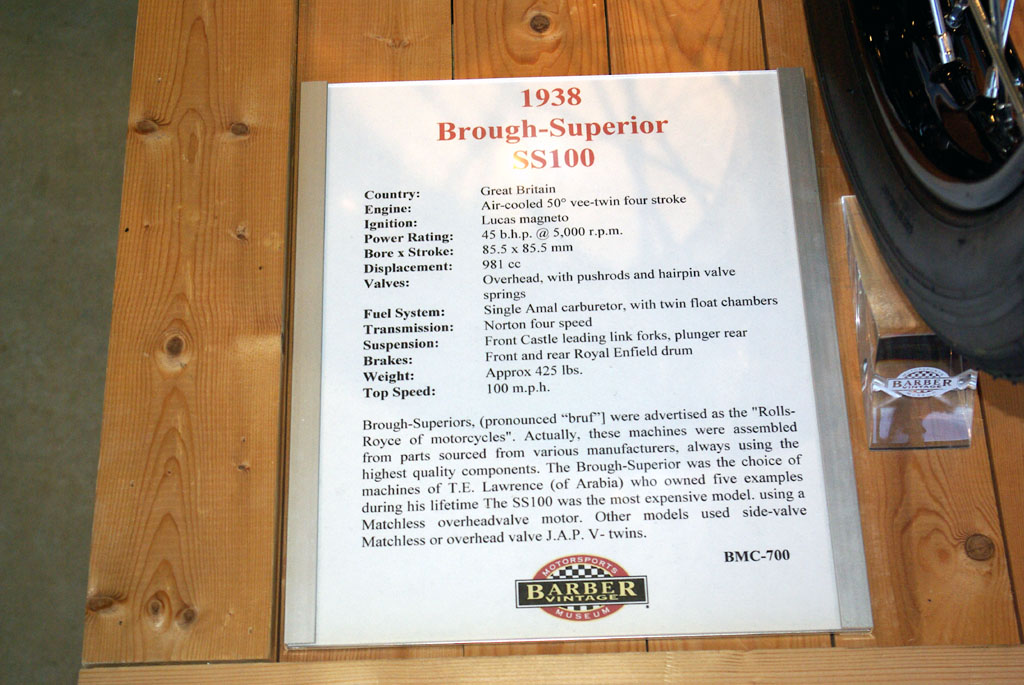
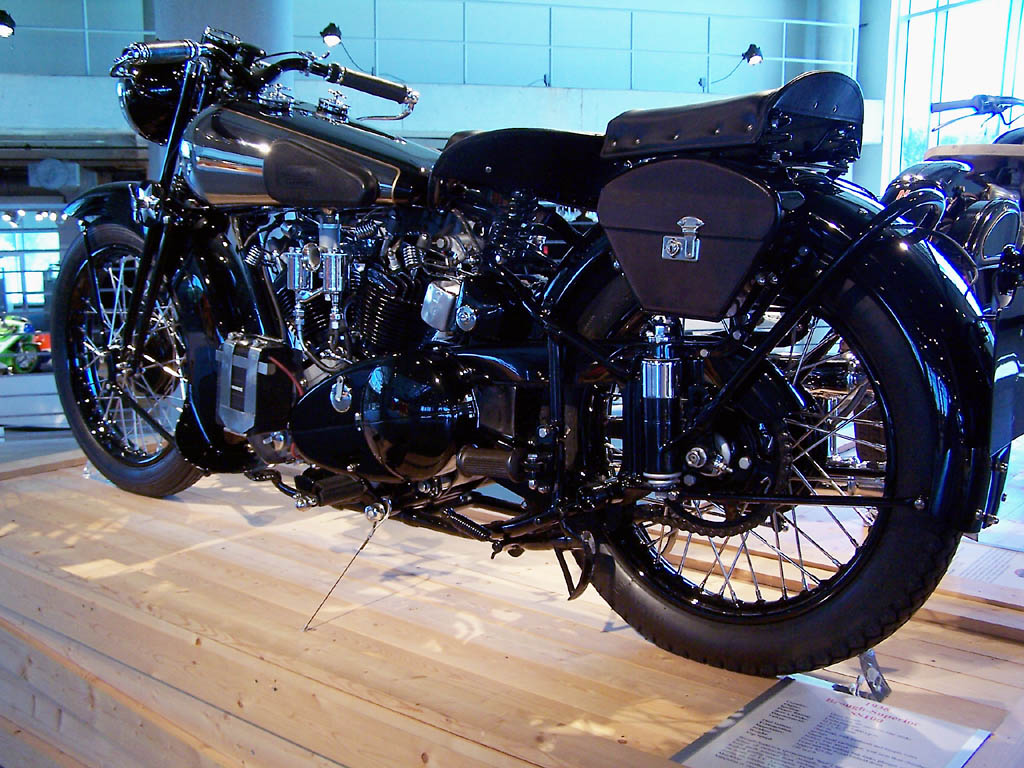
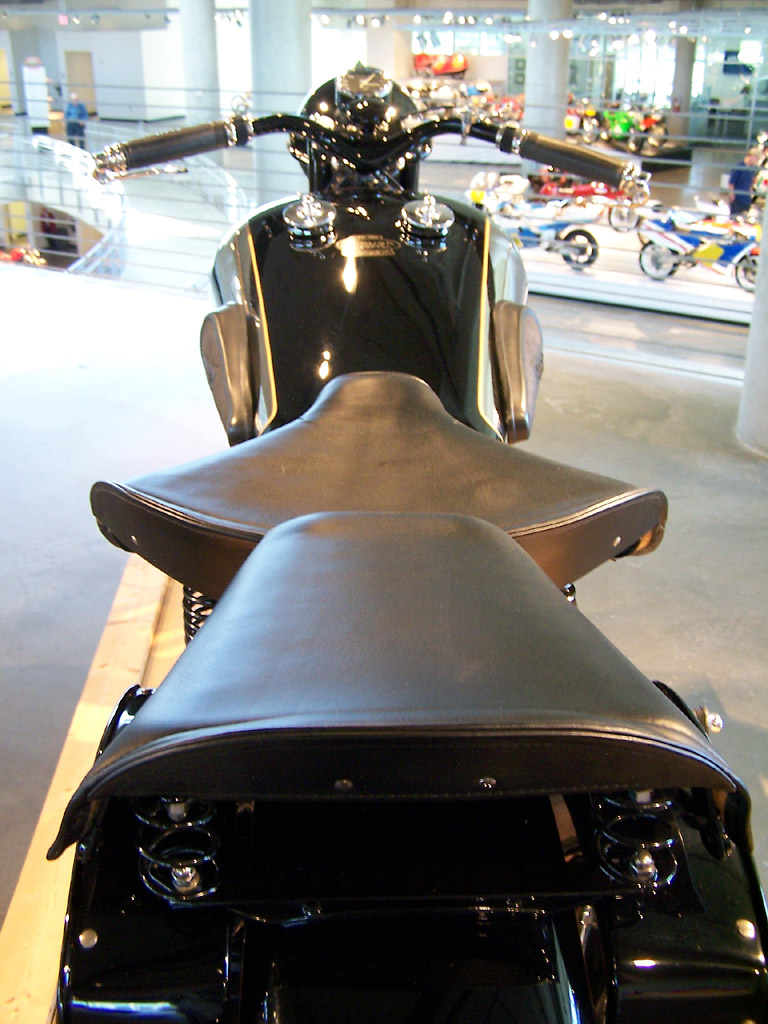
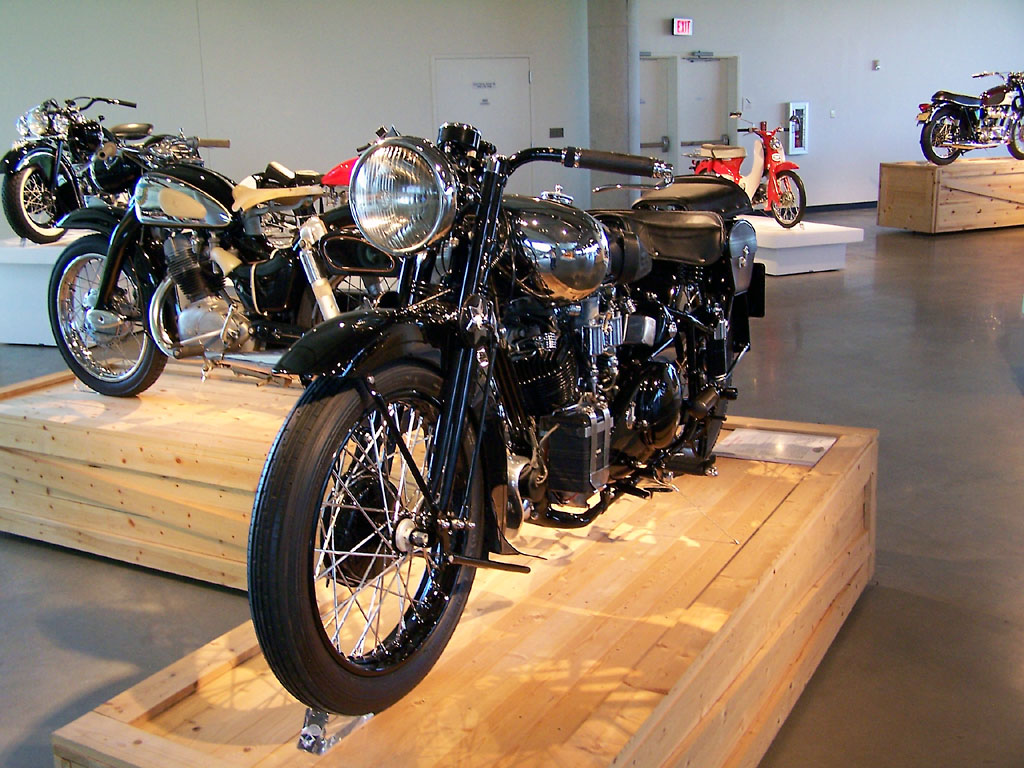
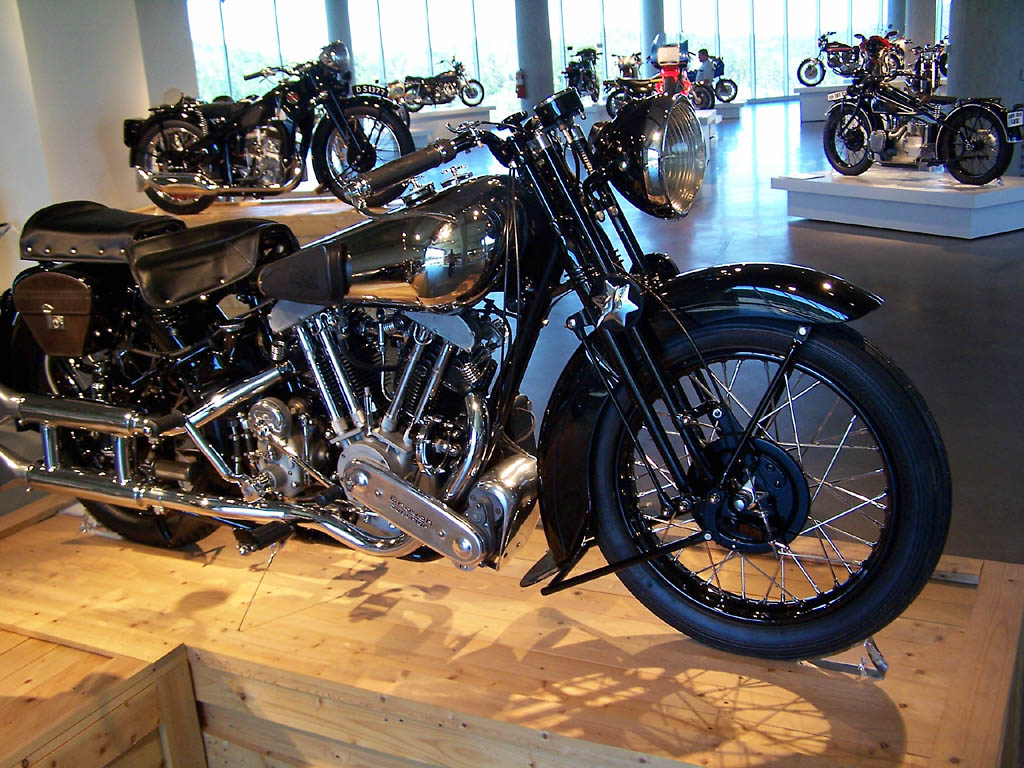
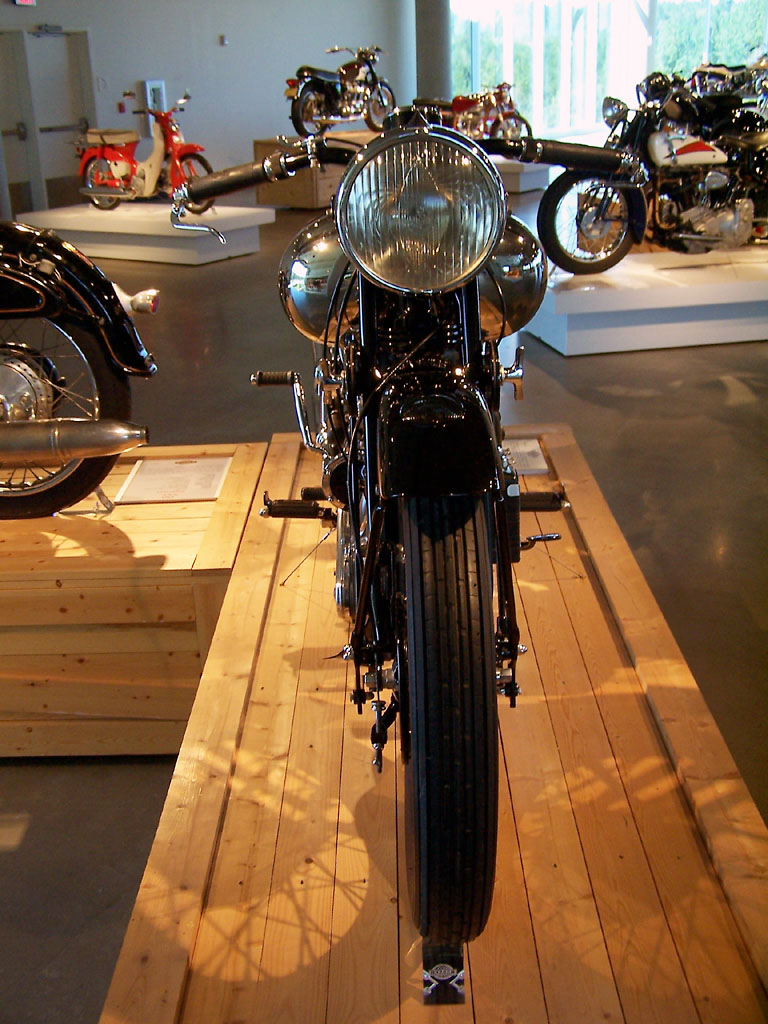
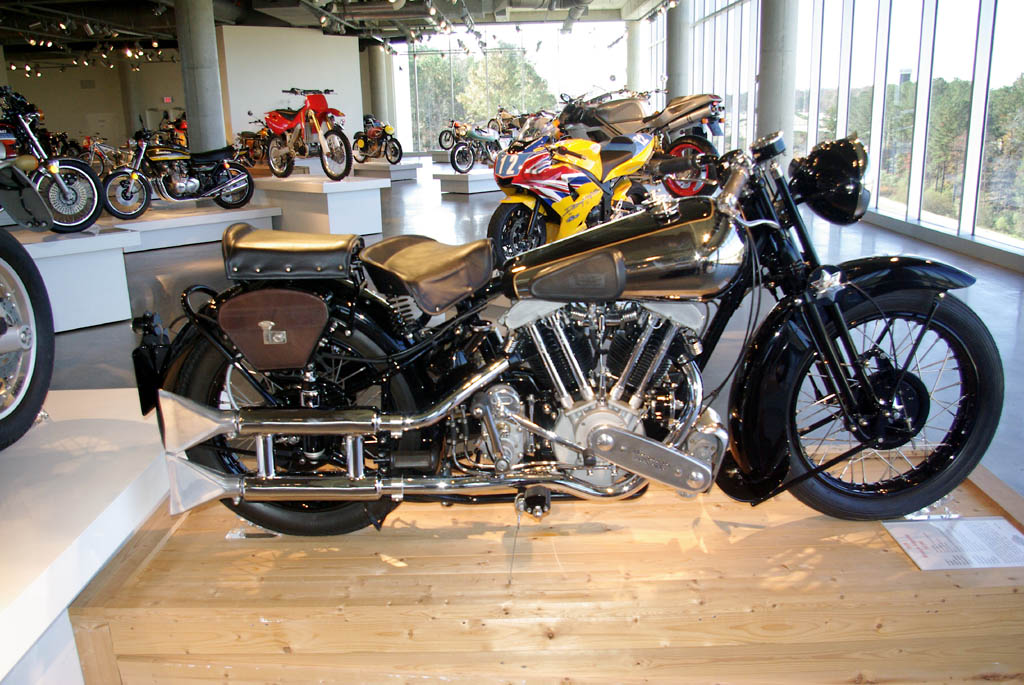
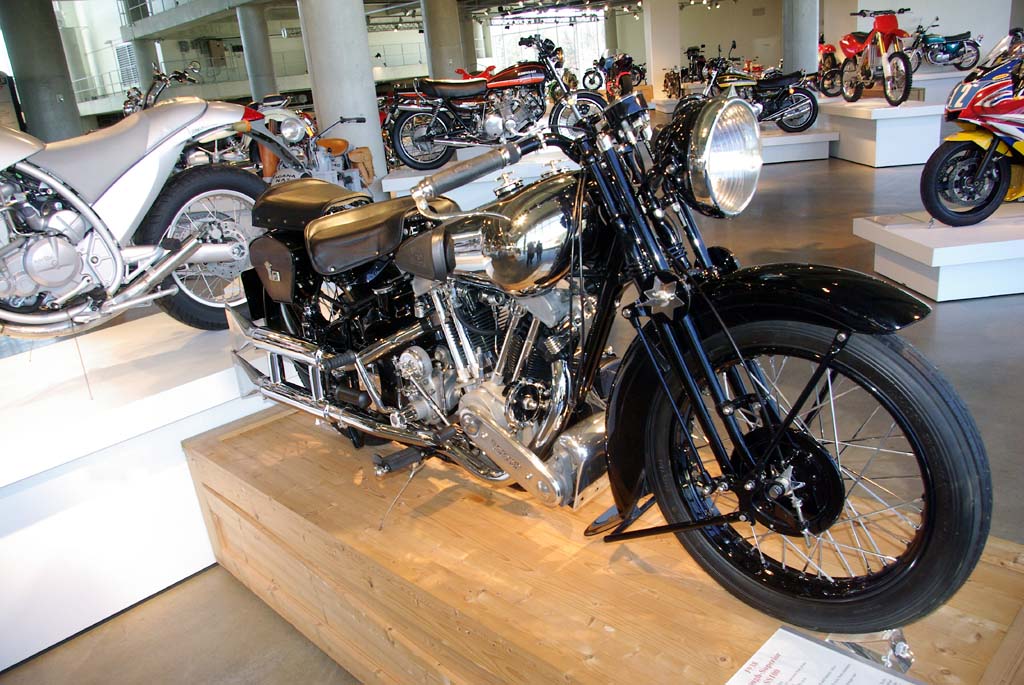
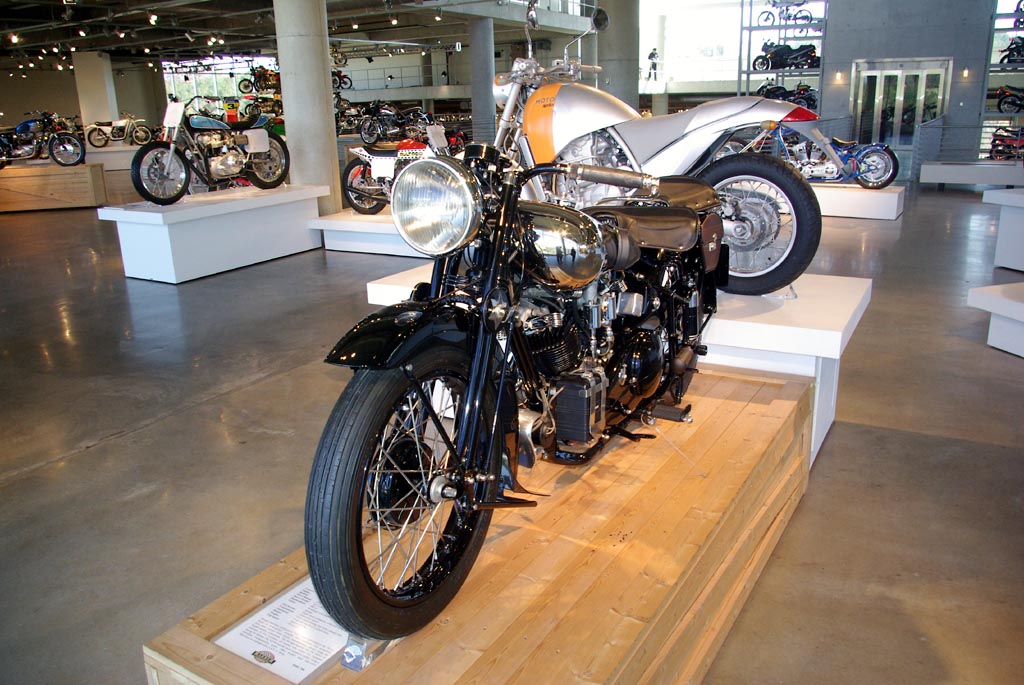
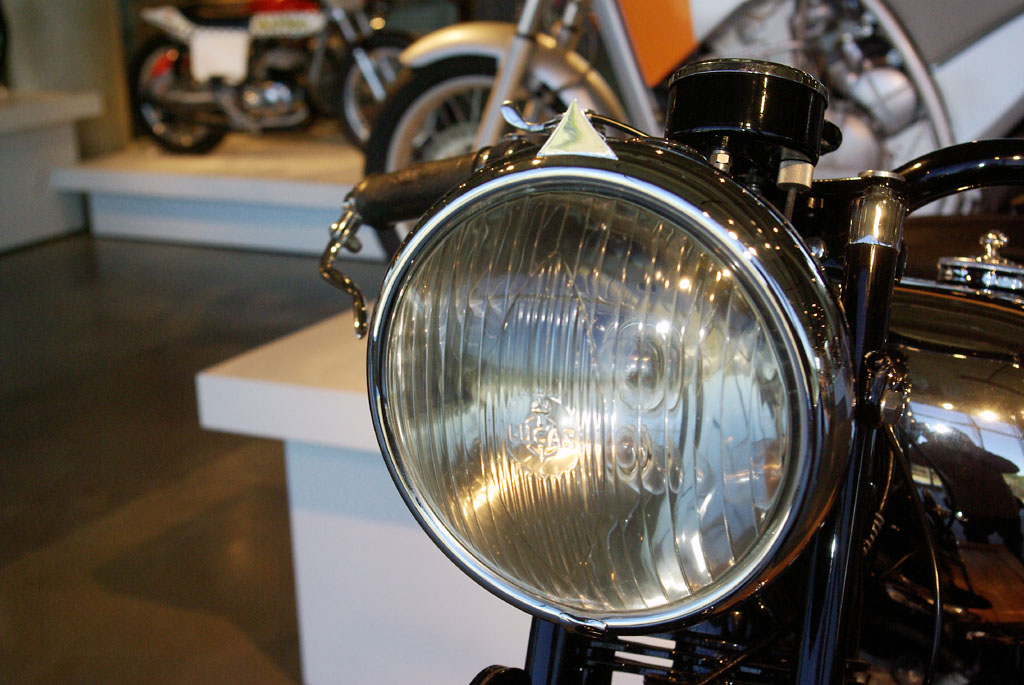

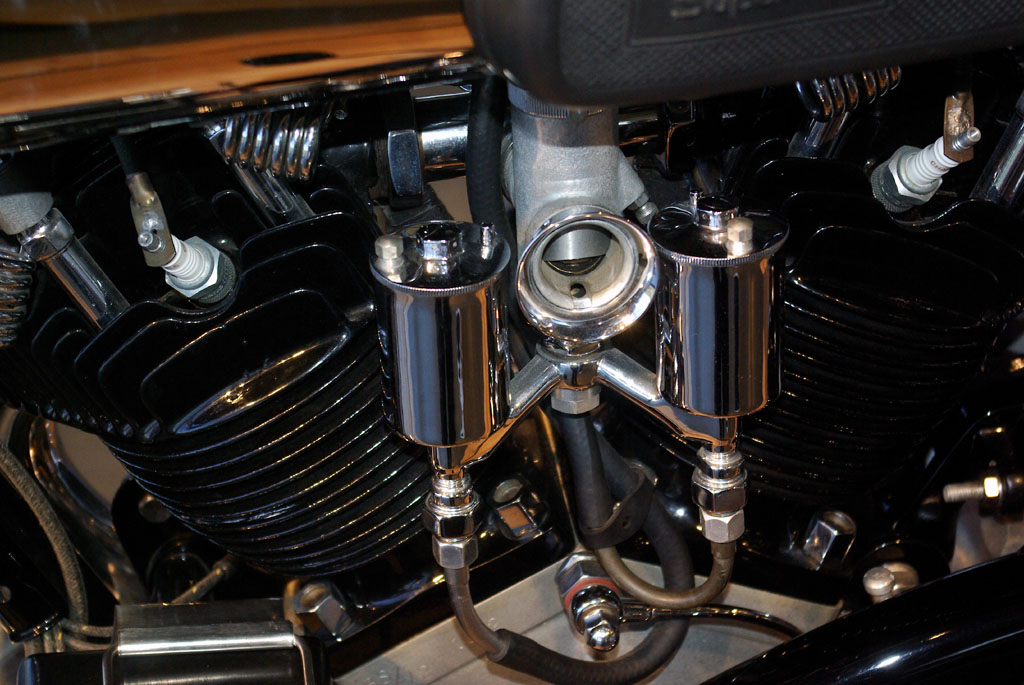
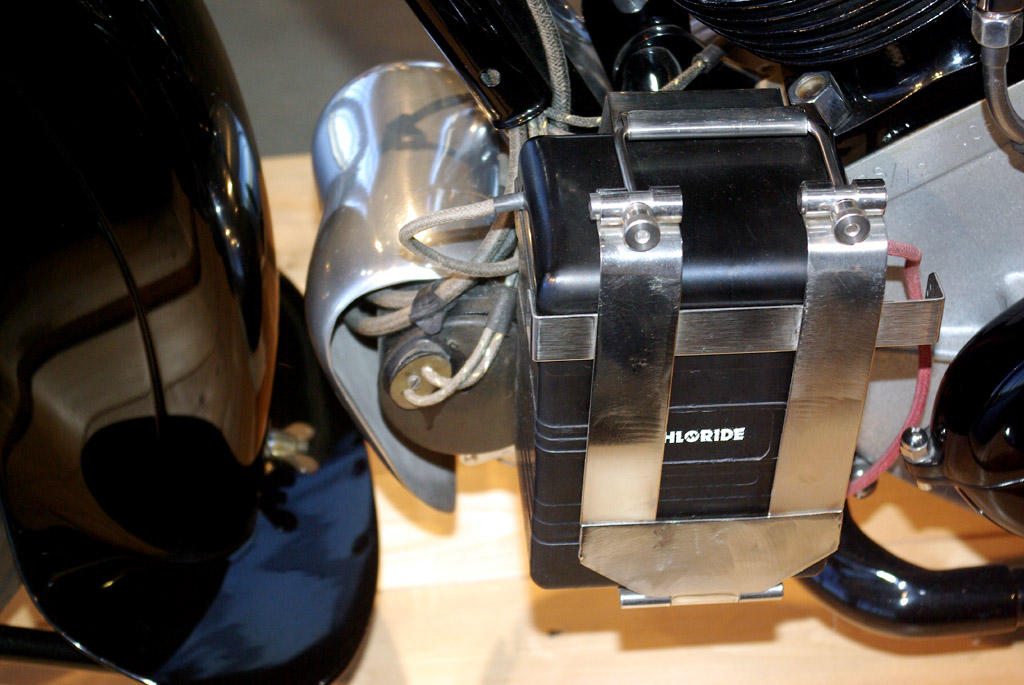
_________________
Big Dawg |
|
| Back to top |
|
 |
Poolhall

Joined: 25 Feb 2008
Posts: 1296
|
 Posted: Thu Dec 17, 2009 9:05 pm Post subject: Posted: Thu Dec 17, 2009 9:05 pm Post subject: |
 |
|
Poolhall wrote:
Must be one of the last few made, from 1939 Brough made parts for radar sets, and although they planned to restart bike production after 1945 it never happened. Once again great choice of image and bike and its almost as good for me looking at the bikes in the background and trying to work out what they are    |
|
| Back to top |
|
 |
Big Dawg


Joined: 28 Jan 2009
Posts: 2530
Location: Thach Alabama
|
 Posted: Fri Dec 18, 2009 11:49 pm Post subject: Posted: Fri Dec 18, 2009 11:49 pm Post subject: |
 |
|
Big Dawg wrote:
I have another Brough I'll post soon. Glad you are enjoying these.
_________________
Big Dawg |
|
| Back to top |
|
 |
SkedAddled


Joined: 19 Oct 2008
Posts: 1443
Location: Michigan, USA
Expire: 2021-08-12
|
 Posted: Sat Dec 19, 2009 4:43 am Post subject: Posted: Sat Dec 19, 2009 4:43 am Post subject: |
 |
|
SkedAddled wrote:
I've enjoyed these sets quite a lot Big Dawg, and I'm impressed
by the apparent quality of the subjects and their exhibition place.
For some undefined reason, the background of image 3 reminds me
strongly of my beloved Henry Ford Museum, if only because it seems to
contain the ramps and other rails which tend to define the public's
limited access to their impressive collection of American automotive
history.
One thing I've noticed, is that the cycles are simply chocked with Lucite
wheel blocks; no other supports are seen, other than lateral stabilisers.
This one detail suggests that these vehicles are still fully operational.
In contrast, the lovely cars within the Henry Ford Museum are supported
on jack-stands if inoperable, making their inoperability rather evident
to a careful eye. If operational, the vehicles simply do not sit on the
stands, marking them as fully functional.
Fully-inflated tyres and other markers flag these vehicles as functional,
as well, but it can be difficult to discern the working from the defunct,
sometimes.
Something tells me I should now look for the Harley-Davidson of around
1910's vintage, which I captured with my former S3IS, some time ago.
_________________
Craig
Of course I'm all right! Why? What have you heard!?
Canon Digital EOS 5D Mk IV, EOS 50D, Powershot S3 iS
Vivitar 28 f/2.8 OM - Zuiko 50 f/1.8 OM - Tamron SP 28-80 f/3.5 AD2[Favorite!] - Hanimar 135 f/3.5 M42 - Soligor 135 f/2.8 T4 - Tamron SP 60-300 f/3.8 AD2 - Soligor 75-260 f/4.5 M42 - Soligor 400 f/6.3 T4 - Soligor 500 f/8 T2 Cat + Matched 2X TC - Addiction Growing!
This is us -- We drive these -- We're named these |
|
| Back to top |
|
 |
Big Dawg


Joined: 28 Jan 2009
Posts: 2530
Location: Thach Alabama
|
 Posted: Sat Dec 19, 2009 5:30 am Post subject: Posted: Sat Dec 19, 2009 5:30 am Post subject: |
 |
|
Big Dawg wrote:
| SkedAddled wrote: |
I've enjoyed these sets quite a lot Big Dawg, and I'm impressed
by the apparent quality of the subjects and their exhibition place.
For some undefined reason, the background of image 3 reminds me
strongly of my beloved Henry Ford Museum, if only because it seems to
contain the ramps and other rails which tend to define the public's
limited access to their impressive collection of American automotive
history.
One thing I've noticed, is that the cycles are simply chocked with Lucite
wheel blocks; no other supports are seen, other than lateral stabilisers.
This one detail suggests that these vehicles are still fully operational.
In contrast, the lovely cars within the Henry Ford Museum are supported
on jack-stands if inoperable, making their inoperability rather evident
to a careful eye. If operational, the vehicles simply do not sit on the
stands, marking them as fully functional.
Fully-inflated tyres and other markers flag these vehicles as functional,
as well, but it can be difficult to discern the working from the defunct,
sometimes.
Something tells me I should now look for the Harley-Davidson of around
1910's vintage, which I captured with my former S3IS, some time ago. |
Craig, about 90% of these can be running and fully functional in a half hour or so. No fuel, lubricants or battery electrolytes are in them at the moment for safety and environmental reasons. Most are exact in detail and are all original. They do have a restoration shop in the down stairs area to remake any parts not available. A few are replicas as the originals are too rare to obtain and they are marked as replicas in the description. There are cables to restrain them from falling over and chocks to keep them from rolling from their display stand.
_________________
Big Dawg |
|
| Back to top |
|
 |
|
|
|
You cannot post new topics in this forum
You cannot reply to topics in this forum
You cannot edit your posts in this forum
You cannot delete your posts in this forum
You cannot vote in polls in this forum
|
